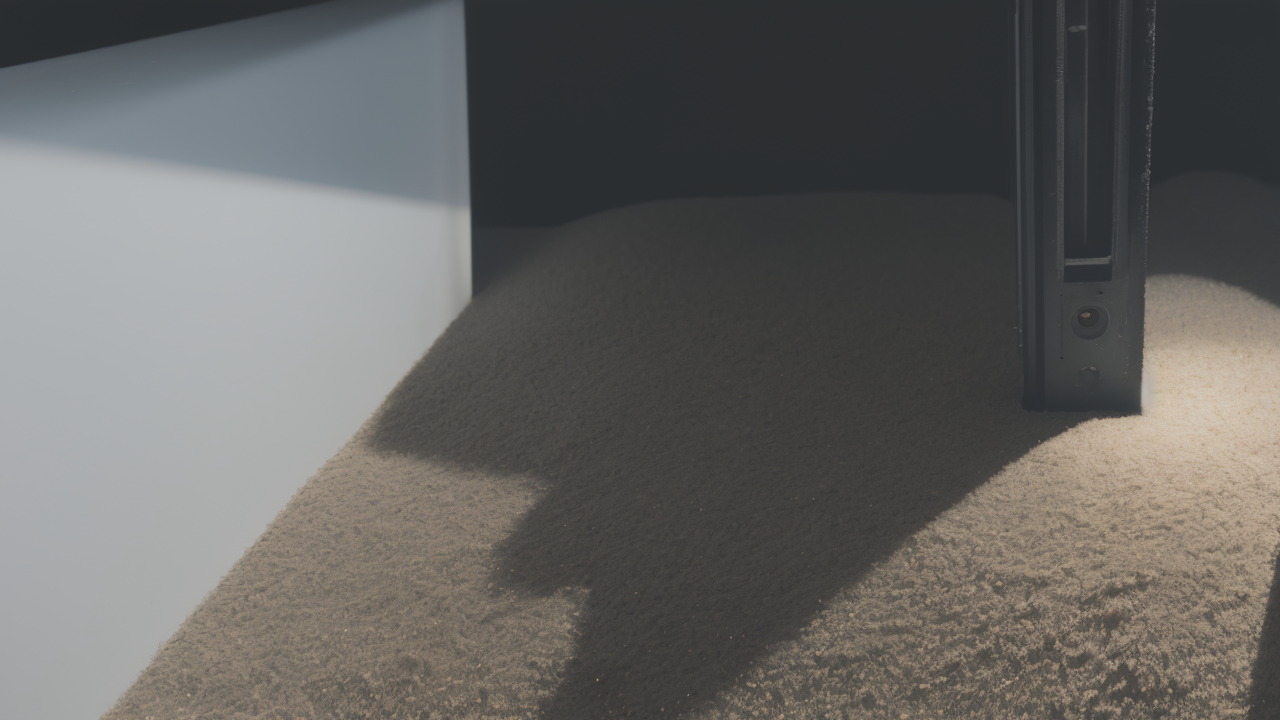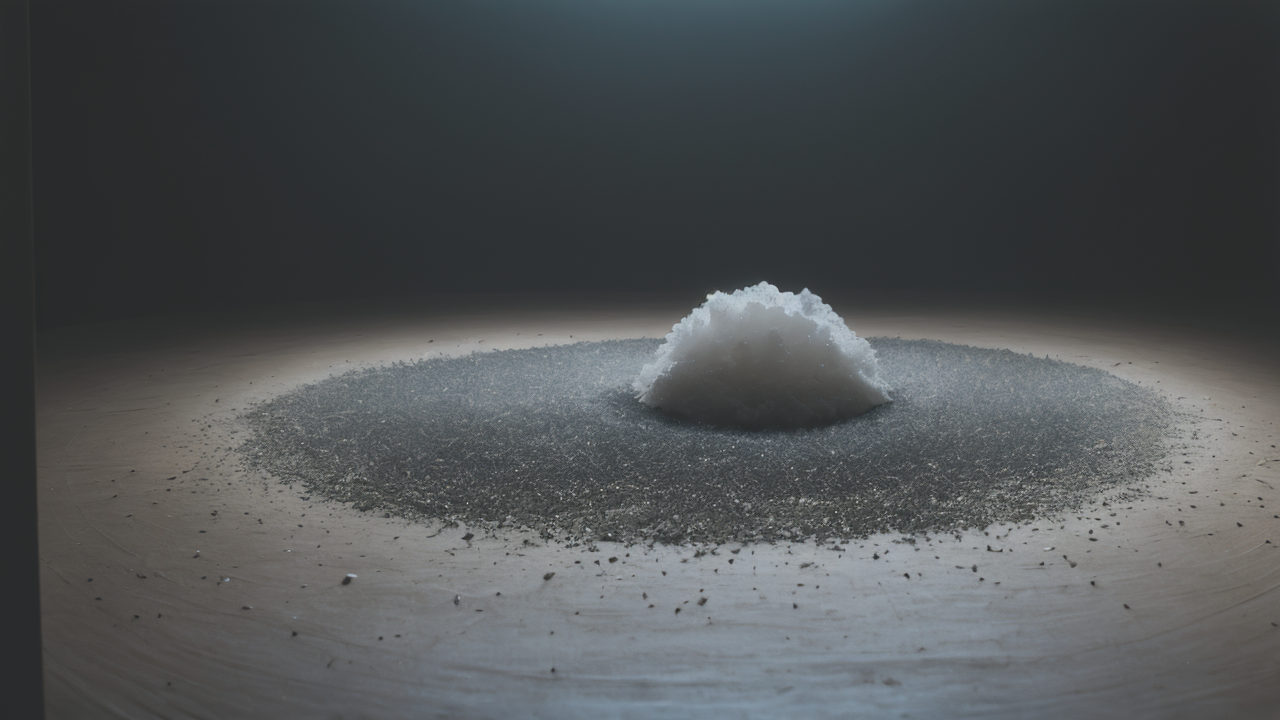
Pushing Boundaries in Wabi-Sabi: Innovative Approaches to Textured Plaster Drawing
Understanding Wabi-Sabi: The Art of Imperfection
The Philosophy of Wabi-Sabi in the Visual Arts
Wabi-sabi is a Japanese aesthetic that embraces imperfection and transience. In visual arts, it celebrates the beauty of flaws and aging. This philosophy values simplicity, naturalness, and the marks of time.

Artists who adopt wabi-sabi seek to capture the essence of impermanence. They often use muted colors and rough textures. Their works may appear incomplete or weathered.
Wabi-sabi art invites viewers to find beauty in the subtle and overlooked. It encourages a slower, more contemplative approach to art appreciation. This aesthetic has influenced various art forms, from ceramics to painting.
The History and Evolution of Wabi-Sabi Art Techniques
Wabi-sabi has roots in Japanese tea ceremonies of the 16th century. It began as a reaction against ornate and ostentatious art styles. Over time, it evolved into a distinct aesthetic approach.
Traditionally, wabi-sabi techniques involved using natural materials and simple processes. Artists would embrace cracks, wear, and asymmetry in their works. They often left pieces unfinished or deliberately damaged.
As wabi-sabi spread globally, artists adapted its principles to various mediums. In the 20th century, it influenced minimalism and abstract expressionism. Today, contemporary artists continue to explore new ways to express wabi-sabi concepts.
Advancing the Wabisabi Technique: Tools and Techniques for Textured Plaster
Exploring New Tools for Enhanced Texture
Artists are pushing boundaries in wabi-sabi by experimenting with innovative tools for plaster work. Traditional trowels and spatulas are now complemented by unconventional items. These include natural objects like tree bark, leaves, and stones.

Some artists use textured rollers or stamps to create unique patterns. Others employ found objects like old fabric or rusted metal. These tools add depth and character to plaster surfaces.
Digital technology is also making its way into wabi-sabi art. 3D-printed tools can create intricate textures. Some artists use laser-cut stencils for precise, yet imperfect patterns.
Techniques for Preserving and Longevity of Plaster Art
Preserving the delicate nature of wabi-sabi plaster art is crucial. Artists are developing new techniques to ensure their works stand the test of time. One approach is using high-quality, durable plasters that resist cracking and chipping.
Some artists apply protective sealants that don't alter the natural look of the plaster. These coatings help prevent moisture damage and discoloration. Others experiment with mixing additives into the plaster for increased strength.
Careful curing processes are also important. Artists may control humidity and temperature during drying. This helps prevent unwanted cracks and ensures the desired texture is achieved.
Case Studies: Wabisabi Artists and Their Legacy
Notable Wabisabi Artists in the United States
In the United States, several artists have gained recognition for their wabi-sabi inspired work. June Yokell, based in California, creates textured paintings that embrace imperfection. Her pieces often feature muted earth tones and rough surfaces.

New York artist Valerie Hegarty is known for her installations that mimic decay. She creates sculptures and paintings that appear weathered or damaged. Hegarty's work challenges ideas of permanence in art.
Ceramic artist Akira Satake, from North Carolina, brings wabi-sabi principles to pottery. His pieces showcase natural asymmetry and the beauty of imperfections. Satake's work often features rough textures and subtle glazes.
The Impact of Wabisabi Techniques on Modern Art Movement
Wabi-sabi has significantly influenced modern art movements. Its emphasis on simplicity and imperfection aligns with minimalist ideals. Many contemporary artists incorporate wabi-sabi principles in their work.
In abstract expressionism, the spontaneous and unrefined nature of wabi-sabi is evident. Artists like Mark Rothko and Willem de Kooning embraced imperfection in their brushwork. Their paintings often feature rough textures and uneven surfaces.
The concept of found objects in modern art also relates to wabi-sabi. Artists like Robert Rauschenberg incorporated everyday items into their work. This practice celebrates the beauty and history of used or discarded objects.
Wabi-sabi has also influenced environmental art. Artists create ephemeral works that change over time. These pieces embrace the transient nature of materials and the environment.
In conclusion, wabi-sabi continues to shape contemporary art practices. Its principles of imperfection, simplicity, and transience resonate with many artists. As techniques evolve, wabi-sabi remains a powerful influence in the art world.
Artists working with textured plaster are at the forefront of innovation in wabi-sabi art. They push boundaries by exploring new tools and techniques. Their work preserves the essence of wabi-sabi while adapting to modern materials and methods.
The legacy of wabi-sabi artists in the United States is growing. Their work challenges conventional ideas of beauty and perfection. By embracing imperfection, these artists create deeply meaningful and evocative pieces.
As the art world continues to evolve, wabi-sabi principles remain relevant. They offer a counterpoint to digital perfection and mass production. Wabi-sabi reminds us to find beauty in the flawed, the aged, and the impermanent.
The future of wabi-sabi art is bright. As more artists discover its potential, new forms and interpretations will emerge. Textured plaster art, with its rich surfaces and embraced imperfections, stands as a testament to the enduring appeal of wabi-sabi.


